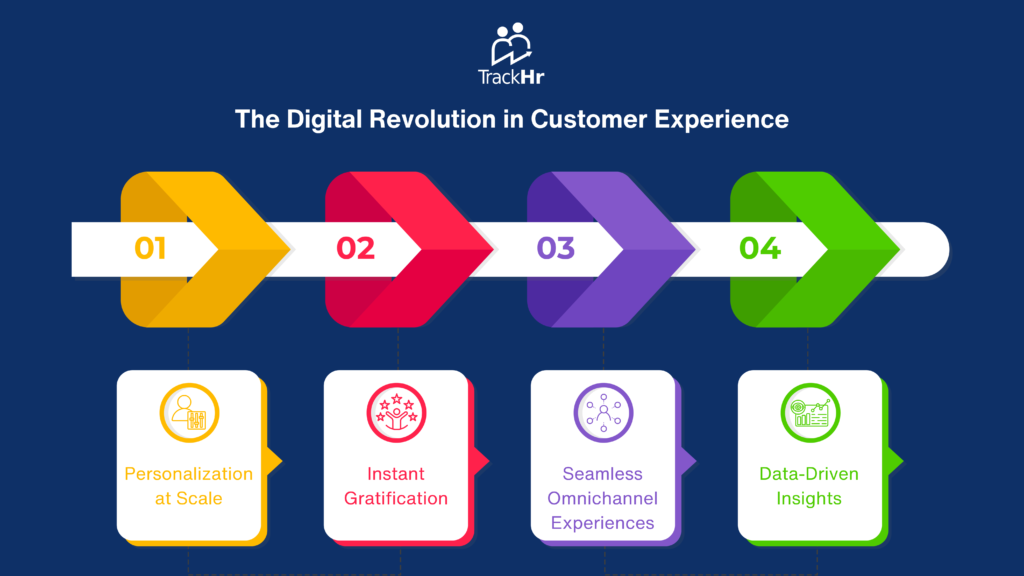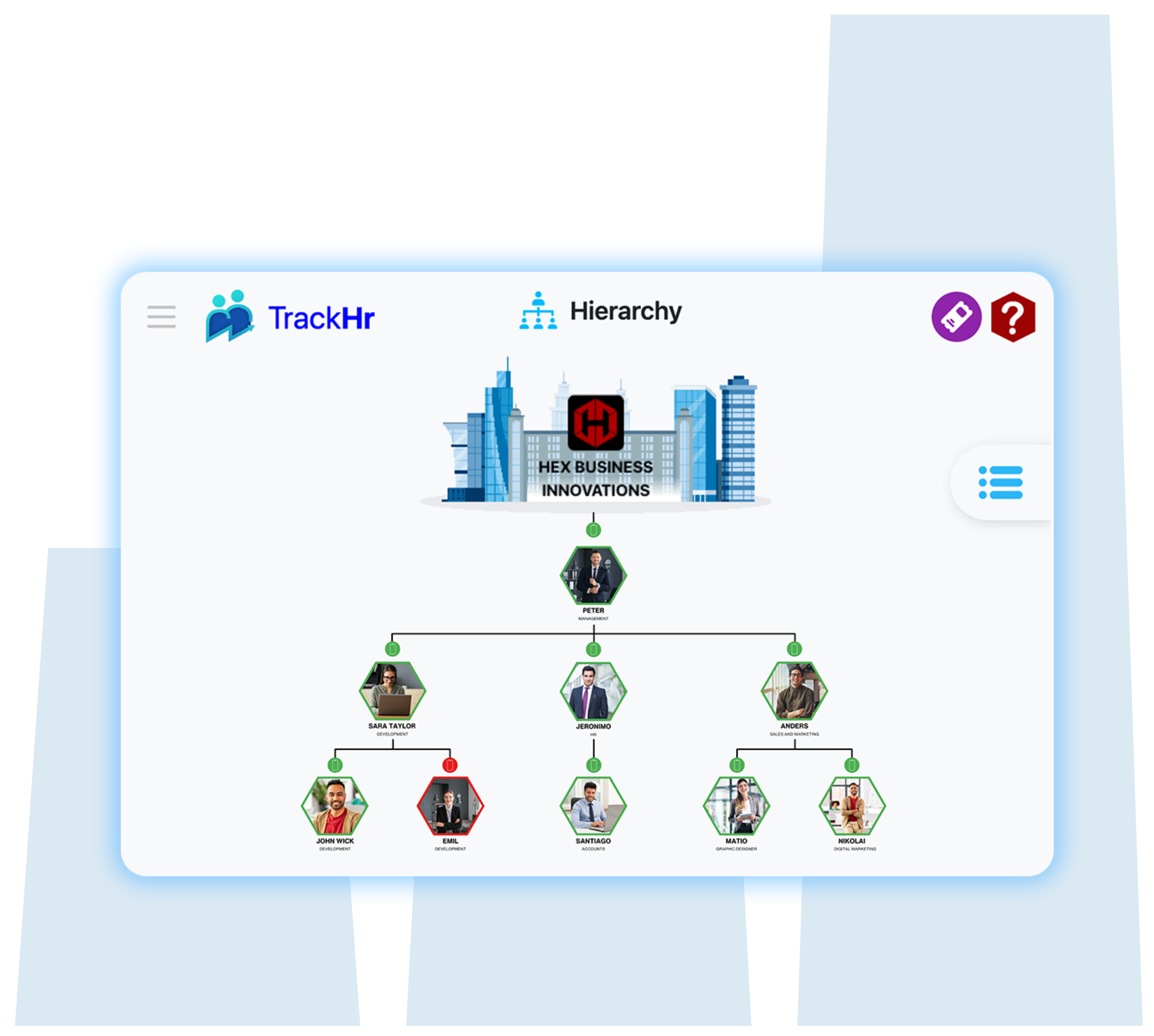Friday, 24 May 2024
Customer Experience in the Digital Era: Transforming Interactions and Expectations
Introduction
In the dynamic landscape of the digital era, customer experience has evolved from a secondary consideration to a pivotal component of business strategy. This transformation is driven by the rapid advancement of technology and the ever-changing expectations of customers. Let’s explore how businesses can navigate and excel in this digital age by focusing on the modern customer experience.
The Digital Revolution in Customer Experience
The digital era has redefined customer interactions across all touch points. Today, customers engage with brands through a multitude of channels—websites, social media, mobile apps, and more. This omnichannel presence has created an expectation for seamless, consistent experiences. Here’s how the digital revolution is shaping customer experience:

- Personalization at Scale: Personalization has moved beyond using a customer’s name in an email. With data analytics and artificial intelligence (AI), businesses can offer highly tailored experiences. From product recommendations based on past behavior to personalized marketing messages, companies can cater to individual preferences on a massive scale.
- Instant Gratification: Speed and efficiency are paramount. Customers expect quick responses and fast solutions. Chatbots, AI-powered customer service, and automated processes enable businesses to meet these expectations, providing real-time assistance and reducing wait times.
- Seamless Omnichannel Experiences: Whether a customer is shopping online, interacting through a mobile app, or visiting a physical store, the experience should be consistent and connected. This seamless integration ensures that customers can transition between channels without friction, maintaining their satisfaction and loyalty.
- Data-Driven Insights: The vast amount of data generated from digital interactions provides businesses with invaluable insights. By analyzing this data, companies can understand customer behavior, preferences, and pain points, allowing them to refine their strategies and enhance the customer journey.
Strategies for Enhancing Digital Customer Experience
To thrive in the digital era, businesses must adopt strategies that prioritize and elevate the customer experience. Here are some key approaches:
- Embrace Technology and Innovation: Leveraging emerging technologies such as AI, machine learning, and blockchain can revolutionize customer interactions. For instance, AI can enhance personalization, while blockchain can ensure data security and transparency, fostering trust.
- Invest in Customer-Centric Design: Design thinking should be at the core of developing digital interfaces. Creating intuitive, user-friendly designs that prioritize the customer’s needs can significantly enhance their experience. Regularly testing and iterating on these designs based on user feedback is crucial.
- Prioritize Data Privacy and Security: With growing concerns over data privacy, businesses must ensure robust security measures are in place. Transparency about data usage and stringent security protocols can build customer trust and confidence.
- Focus on Customer Feedback: Actively seeking and acting on customer feedback is vital. Tools like online surveys, social media listening, and feedback forms can provide valuable insights. Demonstrating that customer feedback leads to tangible improvements can deepen customer loyalty.
- Enhance Employee Experience: Happy employees often lead to happy customers. Investing in employee training, providing the right tools, and fostering a positive workplace culture can empower employees to deliver exceptional customer service.
The Future of Customer Experience
The digital era is only the beginning. As technologies continue to evolve, so too will customer expectations. Here are some trends to watch:
- Hyper-Personalization: Future personalization will be even more precise, using advanced AI to predict and respond to customer needs almost before they arise.
- Augmented Reality (AR) and Virtual Reality (VR): These technologies will offer immersive experiences, from virtual try-ons in retail to interactive product demos.
- Voice and Conversational Interfaces: With the rise of voice assistants like Alexa and Siri, voice interactions will become a significant aspect of customer experience, requiring businesses to optimize for voice search and commands.
- Sustainable Practices: Increasingly, customers are looking for brands that prioritize sustainability. Transparent, eco-friendly practices will become a crucial component of the customer experience.
Conclusion
In the digital era, the customer experience is more critical than ever. Businesses that prioritize personalization, speed, seamless integration, and data-driven decision-making will not only meet but exceed customer expectations. By continuously innovating and staying attuned to customer needs, companies can build lasting relationships and drive long-term success. As technology advances, the possibilities for enhancing the customer experience are boundless, promising an exciting future for both businesses and their customers.





